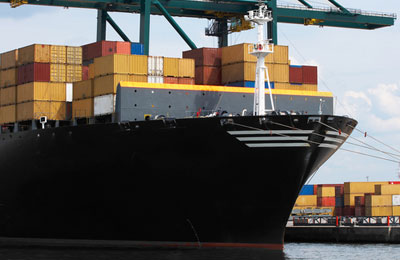
GCC non-oil growth to hit 6pc in 2013-14
Kuwait, July 6, 2013
The real non-oil GDP growth in GCC region will hit close to 6 per cent per annum in 2013 and 2014, similar to 2012 and nearly a per cent point higher than previously forecast, thanks to boost in public spending levels and improving private sector conditions, said a report by National Bank of Kuwait.
The NBK revision is due to upgrades in Saudi Arabia and Qatar, where growth has more momentum than previously thought. Overall economic growth, however, will average a more modest 4 per cent per year, thanks to policy-driven declines in oil sector output.
Despite the solid growth environment, attention may increasingly focus on the need to address the region’s ever more critical economic challenges – notably job creation and fiscal reform, said the top Kuwaiti lender in its latest GCC Brief.
"We maintain our forecast for oil prices at $100 per barrel, on average, for 2013 and 2014. Oil prices have dropped to around this level from $113 in the first quarter of 2013. Some of this may have been driven by seasonal factors. But given an uncertain outlook for demand and rising non-Opec supplies, the risks to market fundamentals in second half are evenly balanced," it stated.
The NBK pointed out that GCC oil production had already been cut quicker than expected, and real oil sector GDP is seen declining two per cent this year and unchanged in 2014.
"This will still leave oil output at historically elevated levels, and combined with $100 oil prices should – in the near term at least – be enough to finance rising government spending without draining financial reserves in most countries, it added.
According to NBK, a deeper-than-expected slowdown in global economic growth was the main downside risk to this forecast.
"Oil prices could fall well below $100 for a sustained period, pressuring regional governments to curb their spending plans, thus removing one of the main pillars of economic growth. An alternative (if less likely) risk is that solid consumer sector growth combined with rapid execution of the GCC’s vast project pipeline ultimately leads to overheating, price and wage pressures, and challenges for monetary and exchange rate policy."
For now, the GCC inflation remains low, said the review by NBK. "Weighted consumer price inflation edged up from two per cent in mid-2012 to 2.5 per cent by March 2013, driven by rising housing rents in Qatar, and rising ‘core’ inflation in fast-growing Saudi Arabia," it stated.
But even in these countries, the inflation stands no higher than 4 per cent, the Kuwaiti bank pointed out.
"The low base, stable international food prices, a relatively strong US dollar (which will help to contain import prices) and low inflation rates in major trading partners are expected to keep GCC inflation at just 2-3 per cent in 2013 and 2014," it added.
Fiscal policy is likely to remain expansionary, with aggregate GCC government spending forecast to rise by 6-7 per cent per year in 2013 and 2014. This is lower than in recent years, but – owing to a slight dip in oil revenues – the region’s aggregate fiscal surplus is set to decline from 12 per cent of GDP in 2012 to 5 per cent in 2014, said the NBK in its report.
"Meanwhile, monetary policy also remains accommodative, with key policy lending rates in most countries at 2 per cent or lower. The slow return to higher interest rates in the US – still some way off – means that any tightening of policy in the GCC is likely to be gradual, and not occur this year," it added.-TradeArabia News Service







